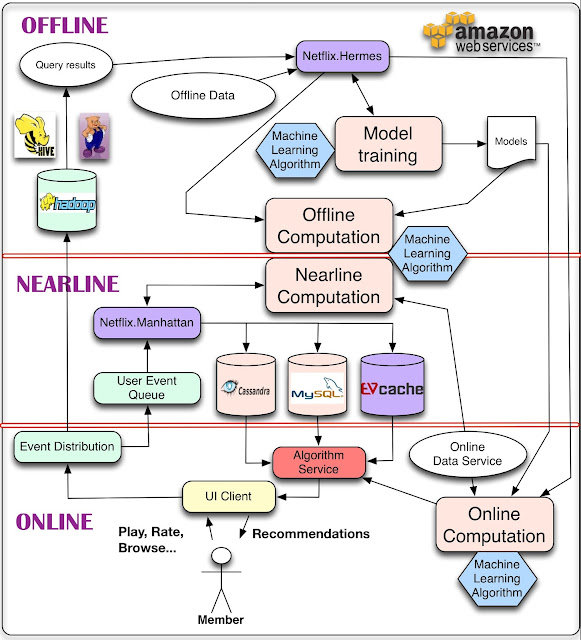What is dynamic ad insertion? How are ads delivered to OTT/CTV devices? Can linear, VOD and SVOD have different ad loads? Can linear advertising be geo-targeted from a centralized management infrastructure? We’ll attempt to answer these questions, at a high level, in this article.
After finally cutting the cord, we started to notice differences in how ads are being served in the OTT/CTV ecosystem. Yes, sometimes we see the same ad over and over, but in other cases there are a variety of ads, including retargeting ads. The experience reminded us more of online advertising than traditional linear television advertising. Researching the technology to understand how these ads are delivered, we found that the enabling technology for cross platform, targeted, audience based video advertising is Dynamic Ad Insertion (DAI). What follows is a description of one method for accomplishing DAI.
Just a few years ago, the lack of DAI technology was the roadblock to audience based targeting. Fast forward to today and the technology is not only available for online video, it is in use across platforms for linear broadcast, VOD, mobile and OTT/CTV, enabling targeting by platform, device, audience and geography.
To understand DAI, let’s examine “Blackout” programming in the linear television ecosystem. Broadcasters must occasionally pre-empt programming in a local market to comply with contractual agreements. Traditionally, this was accomplished by “splicing” the analog video stream to insert the alternate content. However, the level of effort and broadcast hardware configuration required by this technique limited its use for advertising insertions.
With the advent of Adaptive Bitrate Streaming (ABR) for online video, a digital, software based approach to alternate content insertion has evolved. ABR provides a method for delivering multiple video quality levels within a video stream. Video data within the stream is separated into fragments, and each fragment contains blocks containing payloads at different bit rates. This allows a client device or video player to choose the appropriate bit rate for the performance level of the connection at a given point in time. The video client determines the connection performance level by measuring the time the blocks take to load.
In order to manage these fragments of content, a manifest (or playlist), is sent alongside the stream. The manifest contains URLs (pointers) to the video files contained within the stream. In addition to identifying the bit rates available, the manifest contains metadata which identifies the type of content (programming, advertising, PSA, etc.) being delivered to client player. To enable DAI, an Alternate Content Decision Service (ACDS) parses this metadata, and provides an alternative manifest which identifies the bespoke advertising, blackout, or geographic content to playout. In this way, targeted advertising can be delivered to client browsers and devices. Note that this also can also allow for centralized management of both national and regional programming.
A placement opportunity information service (POIS) can be used to host metadata about the location and rights associated with alternate content opportunities (ADCS) within linear and on-demand video. API connections between demand side platforms (DSP) and POIS can facilitate programmatic workflows for advertising placements.
Connected devices that receive programming via unicast transmission (i.e. mobile phones), can return data on a per device basis for tracking and attribution. For QAM, ATSC and IP connected devices, the manifest contains data regarding playout of stream content. ATSC 3.0 promises to provide back channel data via the internet for over the air statistics.
An associated technology innovation is HTTP to UDP conversion. Traditional broadcast infrastructure uses Quadrature Amplitude Modulation (QAM) over cable or fiber distribution networks and ATSC over the air. Typically, OTT/CTV infrastructure uses the HTTP protocol over IP to deliver video via DASH or HLS. Therefore, two parallel sets of infrastructure have been required to fulfill distribution across devices. HTTP to UDP conversion enables replacement of the analog, on premise infrastructure used for linear and VOD with the cross platform video ad server and CDN technology used for digital platforms. This eliminates the costly legacy equipment and maintenance and allows for a common architecture across platforms. Additionally, the CDN enables and supports “Cloud DVR” functionality for client devices and browsers.
These technologies stack up to provide an “end to end” ecosystem for targeted, programmatic video advertising, delivered across platforms, with tracking and attribution pointers embedded within the content. As broadcasters, MVPDs, service providers, advertisers and agencies embrace these platforms and toolsets, the vision of “the right message, at the right time, to an interested consumer” will become table stakes for advertising in the medium with the highest mass reach of all: Television.

